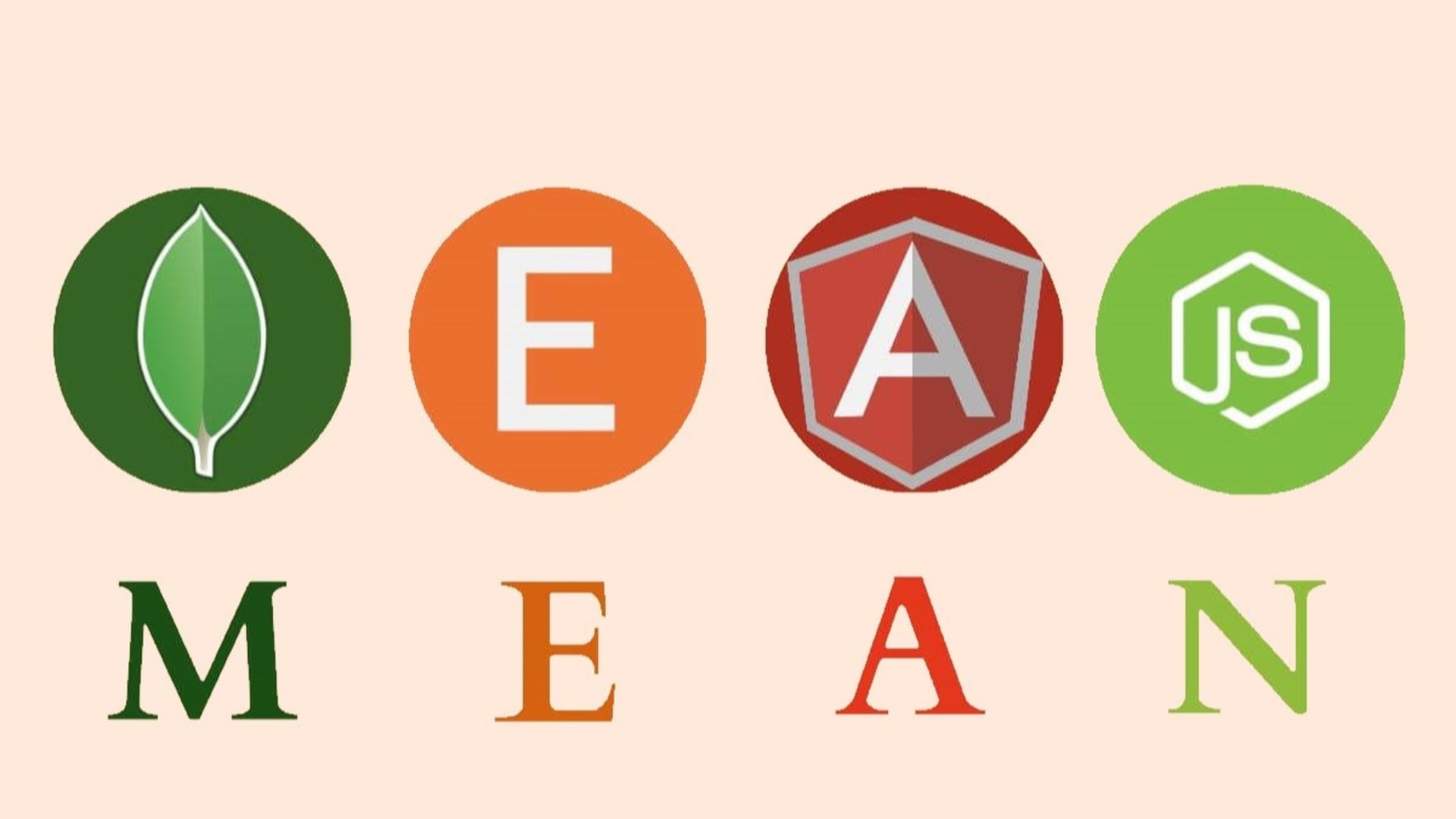The MEAN stack is a popular tech stack for JavaScript development, allowing developers to build more dynamic and robust websites and web applications. It has grown in use in just a short amount of time.
What does MEAN stand for? It’s an acronym for some of the most important JavaScript tools and frameworks available: MongoDB, Express.js, AngularJS, and Node.js.
Our Mean Stack Development Services
MEAN Stack Web and Mobile App Development
The MEAN stack is commonly used for web development, allowing developers to build a range of diverse applications and projects, from Big Data to social media and beyond. Our skilled team members can create dynamic, customizable applications for your business by leveraging the technologies in this robust toolkit.
Web applications, cloud applications, and progressive web applications (PWAs) are just a few examples of what we can build for you or help you create.
MEAN Stack CMS Development
Our developers are adept at creating a scalable, secure, and user-friendly content management system (CMS) to allow you to update and manage your website and pages.
Express.js Design & Development
ExpressJS is an important framework in the MEAN stack, one that enables developers to build dynamic, robust web applications and websites. Express is a Node framework, and when used in conjunction, these tools will allow you to bring unique projects to fruition.
Application Modernization
The MEAN stack allows developers to bring their applications into the modern age, keeping them up to date and functioning smoothly. This is important because technologies are routinely evolving, and they require the assistance of skilled developers to maintain and modernize them.
Benefits of Mean Stack for Software Development
- Flexibility: MEAN development offers flexibility — developers can easily apply it to a range of use cares and adapt it accordingly to the intricacies and demands of the project at hand. There are plenty of features developers can tap into, and they can also readily use different tools and frameworks during the process.
- Efficiency: MEAN is the stack for businesses that are dealing with tight deadlines. By leveraging MongoDB, Express JS, Angular JS, and Node JS simultaneously, your developers can speed up the process of creating strong web applications significantly, making the development period that much more efficient.
- Multiple Use Cases: Developers can apply the MEAN stack to a wide range of use cases. From news aggregation sites to calendar tools, the possibilities are endless. The stack is especially ideal for cloud-ready applications.
What is the Mean Stack?
Most modern web developers use a set of technologies to build sites and applications. Thus, they resort to a combination of programming languages, frameworks, libraries, patterns, servers, and tools to develop their projects. That combination is known as a tech stack. As you can imagine, there are countless combinations of those elements. Yet, web engineers favor one of them in particular: the MEAN stack.
MEAN is a free and open-source JavaScript software stack that brings together 4 technologies: MongoDB, Express.js, AngularJS, and Node.js. Through the combination of those technologies, web engineering teams can quickly develop cloud-ready applications and sophisticated websites.
MEAN Stack Components
The MEAN stack comprises 4 technologies:
MongoDB
An open-source, NoSQL database for cloud apps that uses the object-oriented model instead of the relational database model. This component is the one responsible for storing the app’s data as well as pushing and pulling it whenever the application requests it. MongoDB is highly scalable, has a strong performance, and can easily manage large amounts of data.
Express.js
A back-end web application framework for Node.js, Express.js is responsible for all the interactions between the application’s front end and the database. Its minimalist design handles processes seamlessly and without impacting the app’s performance. That’s not all—Express.js is often praised for its ability to handle errors as well as for its templating features that help with development.
AngularJS
The default JavaScript framework for front-end development. AngularJS helps engineers build the user’s side of the application quickly and can guarantee impressive performance. What’s more, it boasts a series of templates to create cloud-native apps that allow development teams to save a lot of time. As said above, it’s the most replaced component of the stack, but its popularity still puts it as a favorite.
Node.js
Open-source back-end JavaScript runtime environment that executes JavaScript code without the need for a browser. Aside from the fact that it’s a JavaScript-based tool that can seamlessly collaborate with the other components of the stack, Node.js is perfect for its scalability, as it can quickly respond to usage spikes and handle hundreds of thousands of simultaneous connections.
What is MEAN Stack used for?
While the power of each individual component of the MEAN stack gets multiplied when working together, the reality is that the tech stack isn’t a solution for all web development projects. That’s why it’s best if you use the MEAN stack for those uses in which its performance and scalability stand out.
If you read each component’s description closely, then you might anticipate that MEAN has strong scalability and performance capabilities. That’s why it’s so perfect to build cloud-native applications, which need to handle vast amounts of data quickly while serving a high number of concurrent users. In fact, MEAN can help you create flexible, scalable, and extensible apps for cloud hosting.
What’s more, MEAN is also great at building single-page applications (SPAs), high-throughput APIs, microservices, and simple web apps. In reality, if you’re about to embark on a JavaScript project for the web, you’d do well in checking MEAN out, as it’s likely that it’s the only thing you’ll need to tackle.
Advantages of Mean Stack
Using MEAN has become somewhat of a standard in the world of web development, mainly because all its components are powerful and popular. However, there are other reasons why you might want to consider using MEAN:
- Web Server by Default: This means easy deployment and quick scaling to accommodate temporary usage spikes.
- Accessibility: MEAN is based on JavaScript, one of the most popular languages in the world of development, which means that you won’t have trouble finding the engineering talent to work on your MEAN-powered projects.
- Simplified Development Process: JavaScript use across the entire stack allows you to reuse code throughout the application, removing the need to develop everything from scratch.
- Simplified Routing: Express.js can easily route and manage HTTP requests and responses and can handle JSON endpoints thanks to its great support for middleware.
- Open Source: All of MEAN’s components are open source, which means you’ll have access to modifications as well as support from a wide community that offers plenty of resources for development.
Disadvantages of Mean Stack
While all the benefits described above make for a strong case, you should also take into account the disadvantages of using MEAN. Some of the most important ones include:
- Back-end Development Limitations: JavaScript isn’t the best language for back-end development, as it can carry concurrency problems.
- Poor Coding Potential: Development with MEAN can be rather quick, which can lead to poor coding practices and low-quality code.
- Demand for Customization: Orchestrating all the components in the stack needs a customized approach for each project. Basically, there are no JavaScript coding guidelines that offer clear paths for using this stack in the same kind of project. That means you’ll have to work to fit the stack in each of the projects you use it on.
- Difficulty Accommodating High Loads: While MongoDB can manage a lot of data, it can incur record loss during heavy load scenarios.
Why Choose BairesDev for Mean Stack Development
How does outsourcing to a Mean Stack development company work?
When you outsource MEAN Stack development, you are partnering with an external company to either work with you to build web products together or complete the project entirely separately from your team. Either way, the outsourcing company will ensure that they understand and meet your requirements.
Can I hire Mean Stack developers on a full-time basis?
It’s certainly possible to hire MEAN Stack developers to build robust, dynamic web applications and websites. The stack allows developers to leverage open-source, free tools, which saves businesses money. These tools also enable developers to work on both the front- and back end of the product. A MEAN stack developer would need experience with the four tools within the stack, as well as building, designing, and deploying web applications, as well as integrating APIs.
What is the difference between the Mean Stack and the Mern Stack?
As popular as MEAN is, there are certain variations to it that are also very common in web development teams. For example, the MERN stack replaces AngularJS with React.js, while the MEAN stack uses Vue.js instead. However, MEAN remains the most common stack in web development, thanks to the power of each of its individual components.









